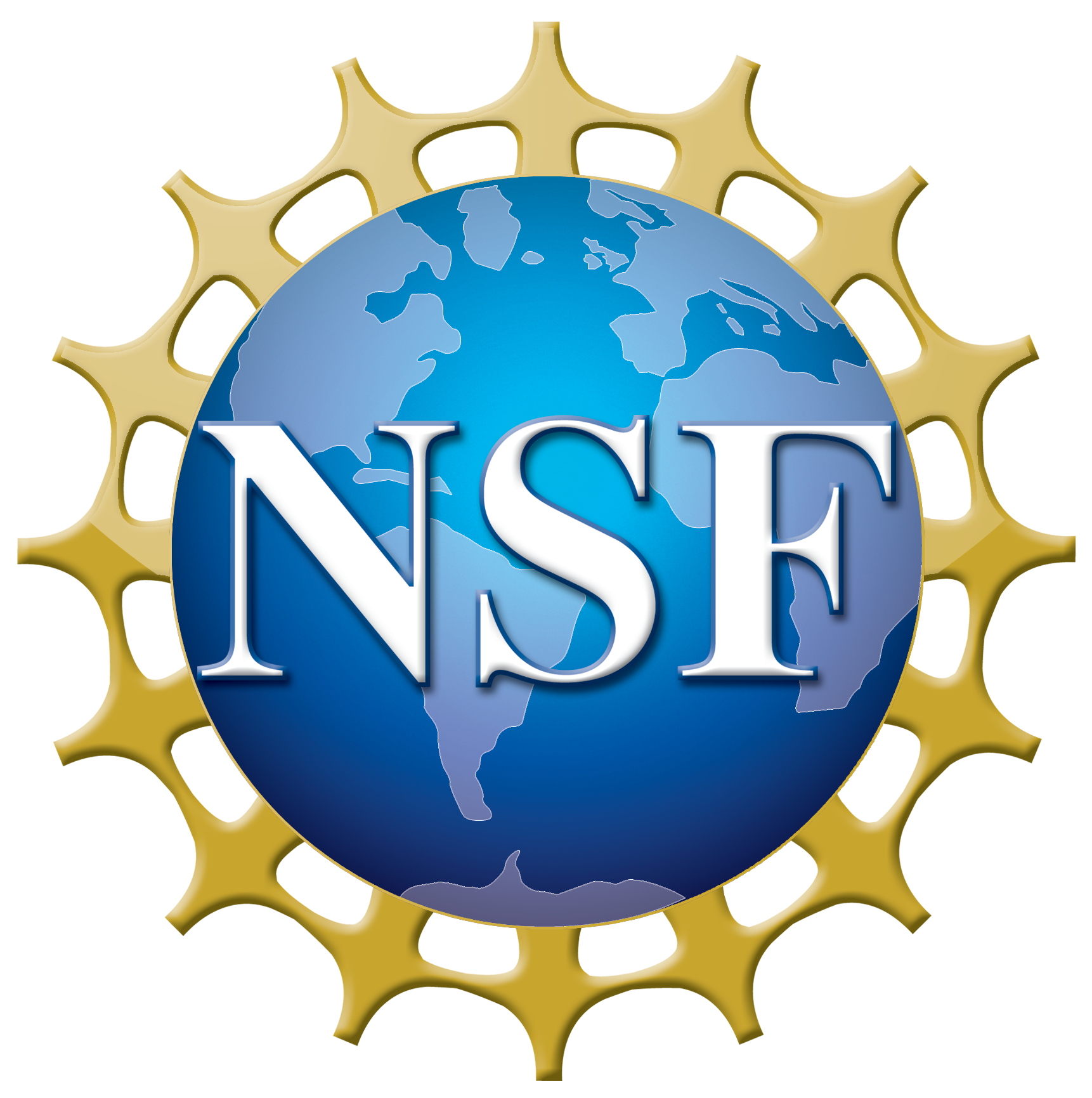Auroral Electron Acceleration
Here we describe the results in our recent paper in Nature Communications 12:3103 (2021),
Laboratory measurements of the physics of auroral electron acceleration by Alfven waves
The paper has also been featured as an Editor's Highlight for Nature Communications in the research area of “Astronomy and Planetary Science.”
Funding Support from Federal Agencies

|

|

|
The primary source of funding supporting this research program over the years is the US National Science Foundation's and Department of Energy's (NSF/DOE) Partnership in Basic Plasma Science and Engineering program (through grants ATM 98-06868, ATM 03-17310, DE-FG02-06ER54890, PHY-10033446, and DE-SC0014599). The goal of the Partnership is to enhance basic plasma science research and education in the broad, multidisciplinary field of plasma physics by coordinating efforts and combining resources of the two agencies. In particular, the program supports cutting-edge research projects that aim to perform basic plasma experiments at DOE and NSF supported collaborative research facilities, such as the Basic Plasma Science Facility (BAPSF) at the University of California at Los Angeles (UCLA), where these experiments were performed.

The Basic Plasma Science Facility (BAPSF) is supported by grants through the National Science Foundation (PHY-1561912) and the Department of Energy (DE-FC02-07ER54918). Additional local support for this project from the BAPSF was provided through the Physics of the Solar Wind Campaign, for which PI Gregory Howes is the Campaign Lead. Addressing not only the solar wind, but heliospheric plasma physics more broadly (including solar, interplanetary, magnetospheric, and ionospheric plasmas), this campaign aims to initiate a community-wide effort to address important questions at the frontier of space physics through the use of targeted laboratory experiments. The Bringing Space Down to Earth workshop, held at UCLA during April 10-12, 2017, brought together a critical mass of experts from the laboratory plasma physics, space plasma physics, and astrophysics communities, with one goal being to identify specific experimental projects that can be tackled in the near term through collaborative efforts among plasma theorists, laboratory plasma experimentalists, and space plasma experimentalists.
Further support for the program was provided to graduate student James Schroeder through the NSF's Graduate Research Fellowship program (DGE-1048957), to postdoctoral researcher Seth Dorfman first through a Department of Energy Fusion Energy Sciences Postdoctoral Fellowship and later through a NASA Jack Eddy Postdoctoral Fellowship, and by the NSF CAREER Award (AGS-1054061) and NASA Heliophysics Supporting Research grant (80NSSC18K1217) to Professor Gregory Howes which supported the development of the field-particle correlation technique used to identify uniquely the acceleration of the electrons through the process of Landau damping.
Together, these sources of funding from the NSF and DOE supported our work that achieved three major broader impacts that are central to the strategic interests of both agencies:
- The education and training of graduate students and postdoctoral researchers,
- Fostering communication between the space plasma and laboratory plasma experimentalists.
- Establishing direct collaboration between plasma theorists and experimentalists on a cross-cutting program of research on the fundamental physics of auroral electron acceleration
Our active collaboration between plasma theorists, space plasma experimentalists, laboratory plasma experimentalists at the University of Iowa, a laboratory plasma experimentalist at Wheaton College (IL) and laboratory plasma experimentalists at UCLA enabled us to achieve the first definitive measurements of the acceleration of electrons by \Alfven waves under conditions appropriate to Earth's auroral magnetosphere. Furthermore, six graduate students and postdoctoral researchers received training that has lead to their permanent employment as part of the next generation of educators and researchers at universities and research institutes.